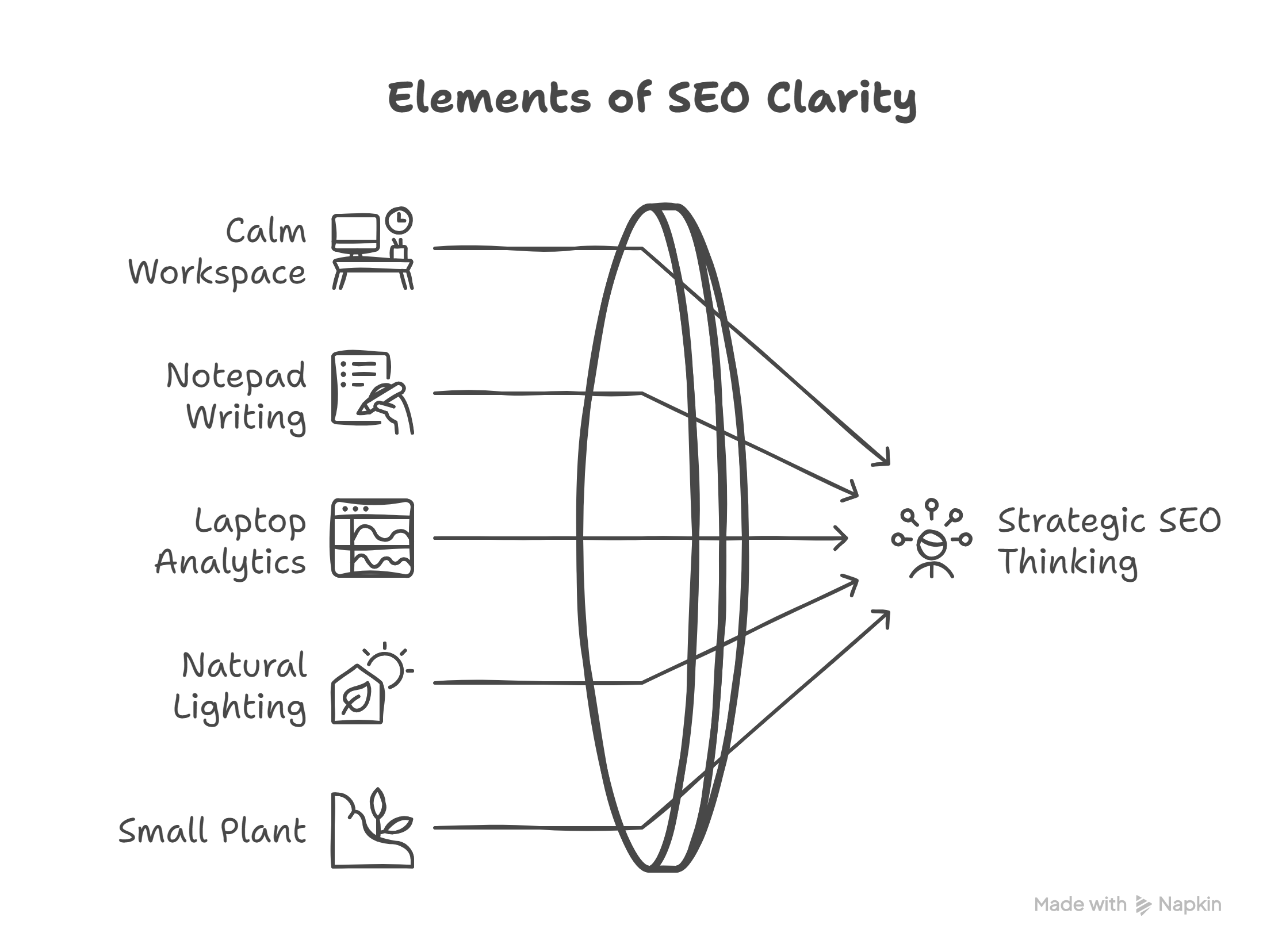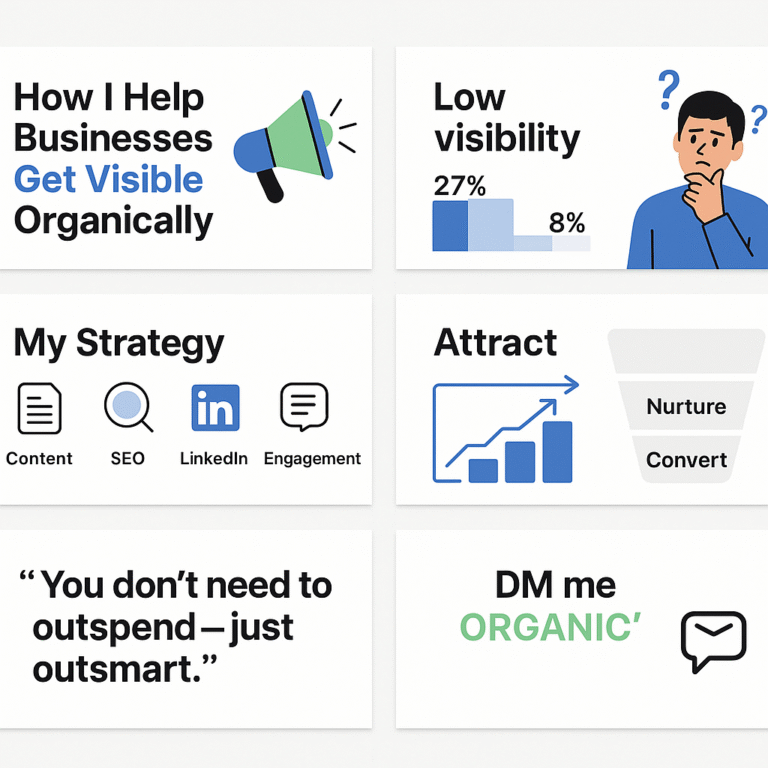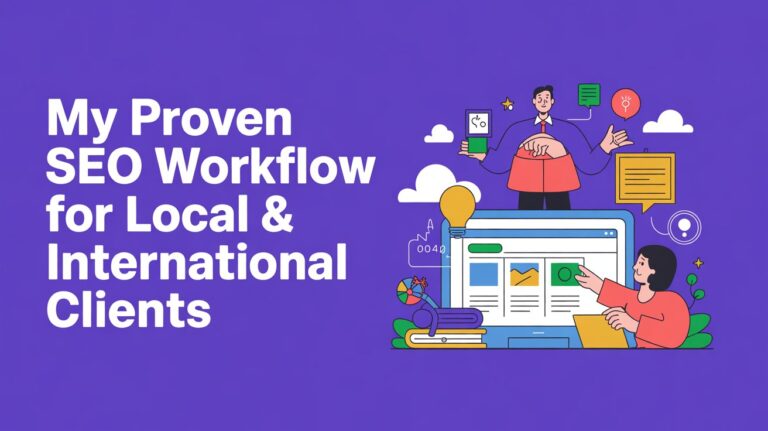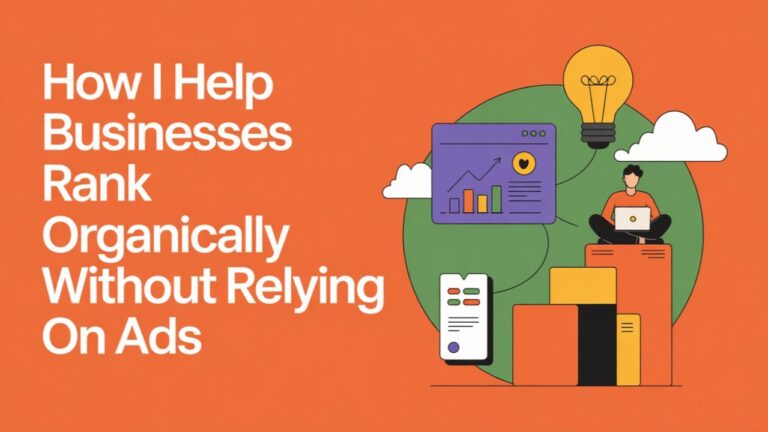When I first got into SEO, I thought I had it all figured out.
I followed the gurus. I subscribed to every tool. I used all the “proven” templates. But despite my best efforts, the results weren’t consistent — and worse, my clients weren’t seeing real growth.
One client trusted me to grow his small local business. Three months in, traffic was flat and the phone wasn’t ringing. On a Zoom call, I saw the frustration on his face. That moment hit hard. Not because I wasn’t trying — but because I was trying the wrong way.
It wasn’t Google’s fault. It wasn’t the algorithm’s fault. It was my approach.
Since then, I’ve thrown out cookie-cutter tactics and rebuilt my SEO process from the ground up — focused on people, not just platforms. The result? Real growth, happy clients, and SEO that works long-term.
Let me walk you through why most SEO strategies fall flat — and what I do differently to turn things around.
🔑 Key Takeaways
- Most SEO fails because it ignores user behavior and long-term value.
- A successful strategy is personalized, empathetic, and driven by real-world data.
- SEO should evolve as your business and audience do — it’s not a one-time thing.
- The best “tool” you can use? Listening.
🚫 Mistake #1: Obsessing Over Algorithms Instead of Understanding People
Too many strategies are built around the latest Google update. I used to do that too — tweaking title tags every week, stressing over ranking fluctuations.
But Google isn’t the enemy — it’s trying to serve your users better.
So now, instead of chasing updates, I ask:
- What is my audience really struggling with?
- What are they searching for at 11PM on their phones?
- What language do they use when they describe their problems?
One Florida-based yoga instructor wasn’t ranking despite optimized pages. After we interviewed her students, we realized they searched for “gentle yoga for beginners” — not “best yoga studio.” We updated her content. Two months later, traffic jumped by 73%.
👉 Healing Prompt: Image of a person meditating with a laptop nearby, soft natural lighting, symbolizing clarity and listening in digital strategy.
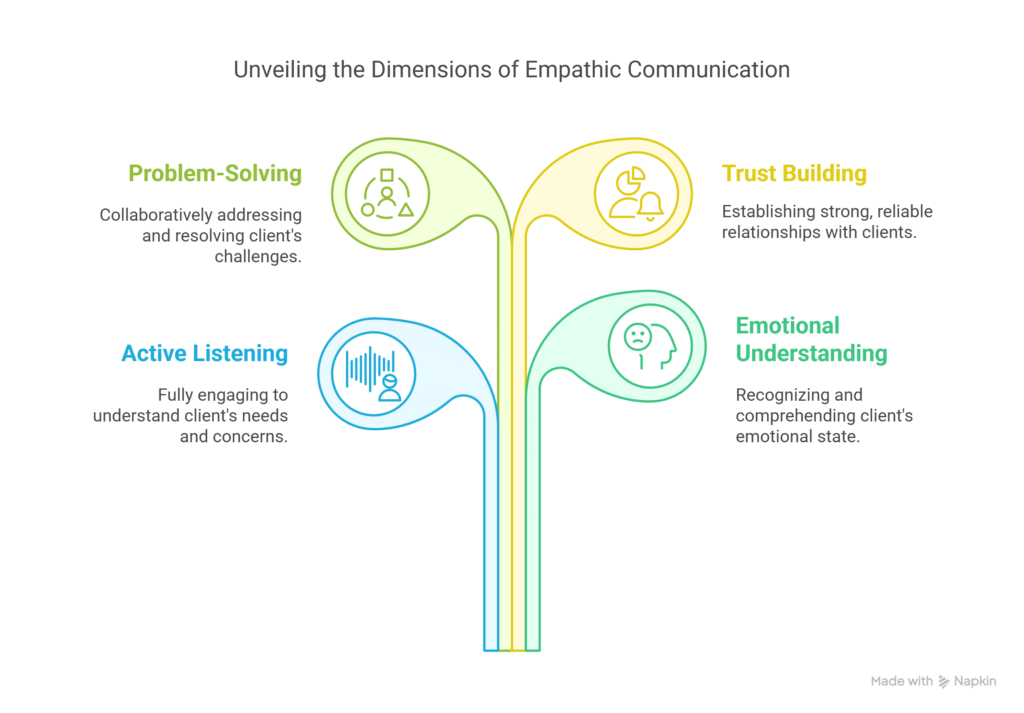
⚠️ Mistake #2: Stuffing Keywords Instead of Serving Intent
Back in the day, I thought shoving in “eco bags buy online” 15 times would work. Spoiler: it didn’t.
Why? Because keywords alone don’t rank — pages that match intent do.
Now I break it down like this:
- Informational = blog posts, how-tos, comparisons
- Transactional = product pages, CTAs, reviews
- Navigational = location-specific content, service pages
For example, someone searching “best reusable bag for groceries” isn’t ready to buy yet. They’re comparing. So I create a guide, not a sales page.
By aligning pages with what the searcher actually wants, conversion and trust go up — even before they click “buy.”
👉 Healing Prompt: Split-screen of a cluttered keyword-stuffed page versus a clean, helpful content guide with calming colors — symbolizing balance and clarity in SEO.
😶 Mistake #3: Writing for Google Instead of Real Humans
Let’s face it — most SEO content is robotic. Dry. Generic. It checks all the boxes but says nothing real.
That’s not how people connect.
I write how I speak. I use stories, analogies, even a little humor. And every word aims to help — not just rank.
One global client had great rankings but sky-high bounce rates. We rewrote their top five pages with simple language and relatable stories. Within 30 days, bounce rate dropped 35%, and time on site went up almost 2 minutes.
Google’s smarter now. Your content should be, too.
👉 Healing Prompt: Image of a person smiling while reading a blog post on a cozy screen-lit setup — symbolizing emotional connection and content that heals confusion.
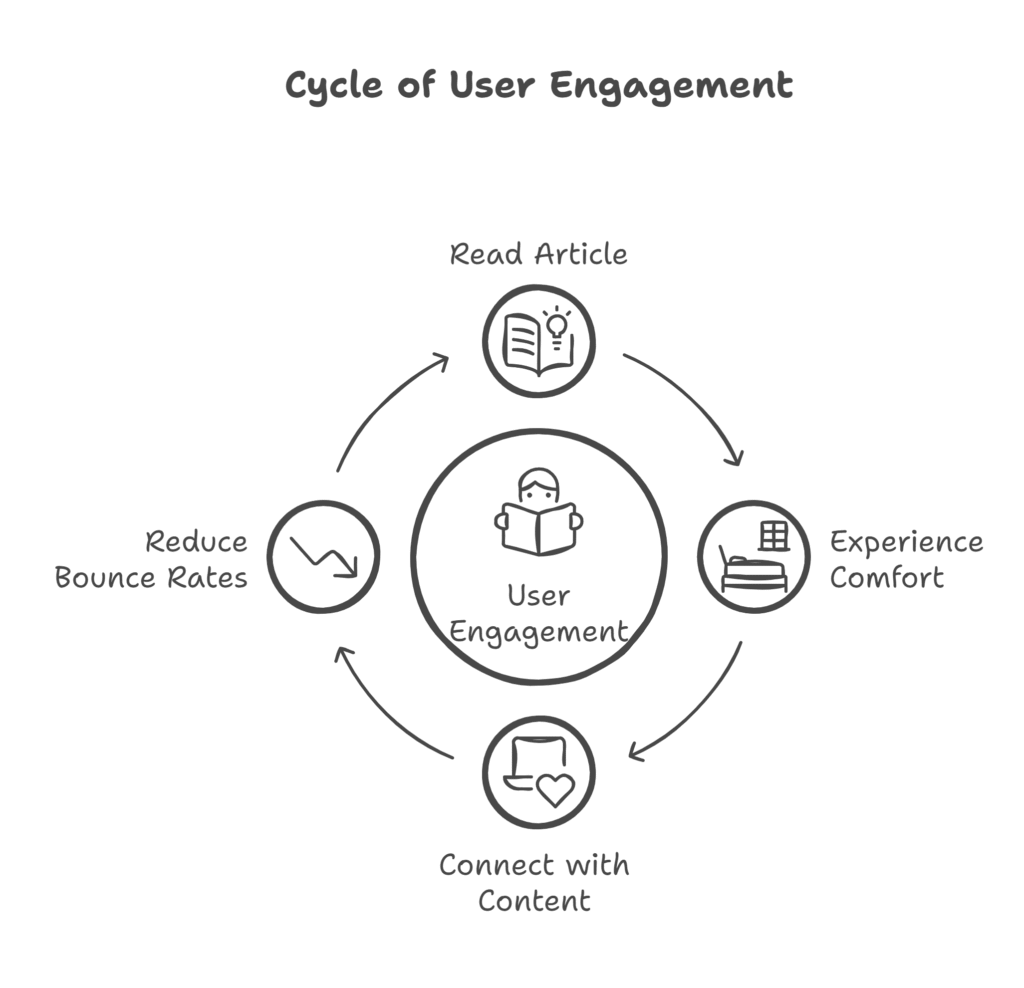
⏳ Mistake #4: Treating SEO Like a One-Time Task
You can’t treat SEO like painting a wall. It’s more like growing a garden.
Many businesses do a burst of SEO — fix a few pages, get some backlinks — and stop. When traffic stalls, they panic.
But SEO isn’t a campaign. It’s a commitment.
What I do instead:
- Monthly performance reviews
- Real-time updates to content and strategy
- Seasonal pivots
- Content refreshes every 3–6 months
A travel brand I work with got hit hard during the pandemic. We didn’t give up — we pivoted to “safe travel tips” and “road trip essentials.” That content built trust and helped them bounce back faster.
👉 Healing Prompt: Image of a growing plant on top of a digital analytics dashboard — symbolizing nurturing SEO over time.
🔧 Mistake #5: Ignoring the Technical Health of Your Website
You could write the most helpful content in your industry — but if your site is slow, clunky, or broken, it won’t matter.
Most SEO strategies ignore technical stuff because it’s not flashy.
But I love it. Because fixing one core issue can unlock major results.
Every month, I check:
- Page load speed
- Mobile optimization
- Crawl & indexing errors
- Broken internal links
A local realtor I helped had amazing property listings — but their site loaded in 11 seconds. After compressing images, updating hosting, and cleaning the code, load time dropped to 2.5 seconds — and leads increased by 60%.
👉 Healing Prompt: Illustration of a broken webpage being fixed with tools, and a happy customer walking through a smooth digital pathway — symbolizing repair and ease.
🎯 Mistake #6: Chasing Traffic Instead of Conversions
“More traffic” sounds great — but what if none of it converts?
That used to be me. I’d show graphs full of rising numbers… but the phone wasn’t ringing.
Now I focus on Conversion SEO — turning visits into action.
What I include:
- Clear CTAs (calls to action)
- Lead magnets or trial offers
- Testimonials and reviews
- Trust elements (SSL, media badges, “as seen in”)
One gym we worked with had stable traffic but poor conversions. We updated their homepage with better visuals, a free trial CTA, and success stories. Their sign-ups jumped 110% in just 6 weeks — with the same traffic.
👉 Healing Prompt: Visual of a landing page with “Start Free Trial” glowing, and a user feeling confident — representing the relief of clear next steps.
💬 Frequently Asked Questions
How long until SEO starts working?
Local SEO = 3–4 months. National/international = 6–9 months. It depends on consistency.
Do I need SEO after I start ranking?
Absolutely. SEO is never “done.” Your competitors and customers evolve — so should you.
Are backlinks or content more important?
Content builds trust. Backlinks build authority. But quality content often earns natural backlinks — so focus there first.
💡 Final Thoughts: Real SEO Starts with Real People
I wish someone had told me earlier — SEO isn’t about tricking Google. It’s about helping people find what they need.
When you write like a human, serve like a friend, and stay consistent — you win.
That’s the difference between short-term wins and lasting growth.
So if your current SEO isn’t working, you don’t need a magic tool. You need a better question:
👉 “How can I serve my audience better?”
That’s where SEO that heals and helps truly begins.
Contact with us for Free Audit of your business. Click here👍👍

